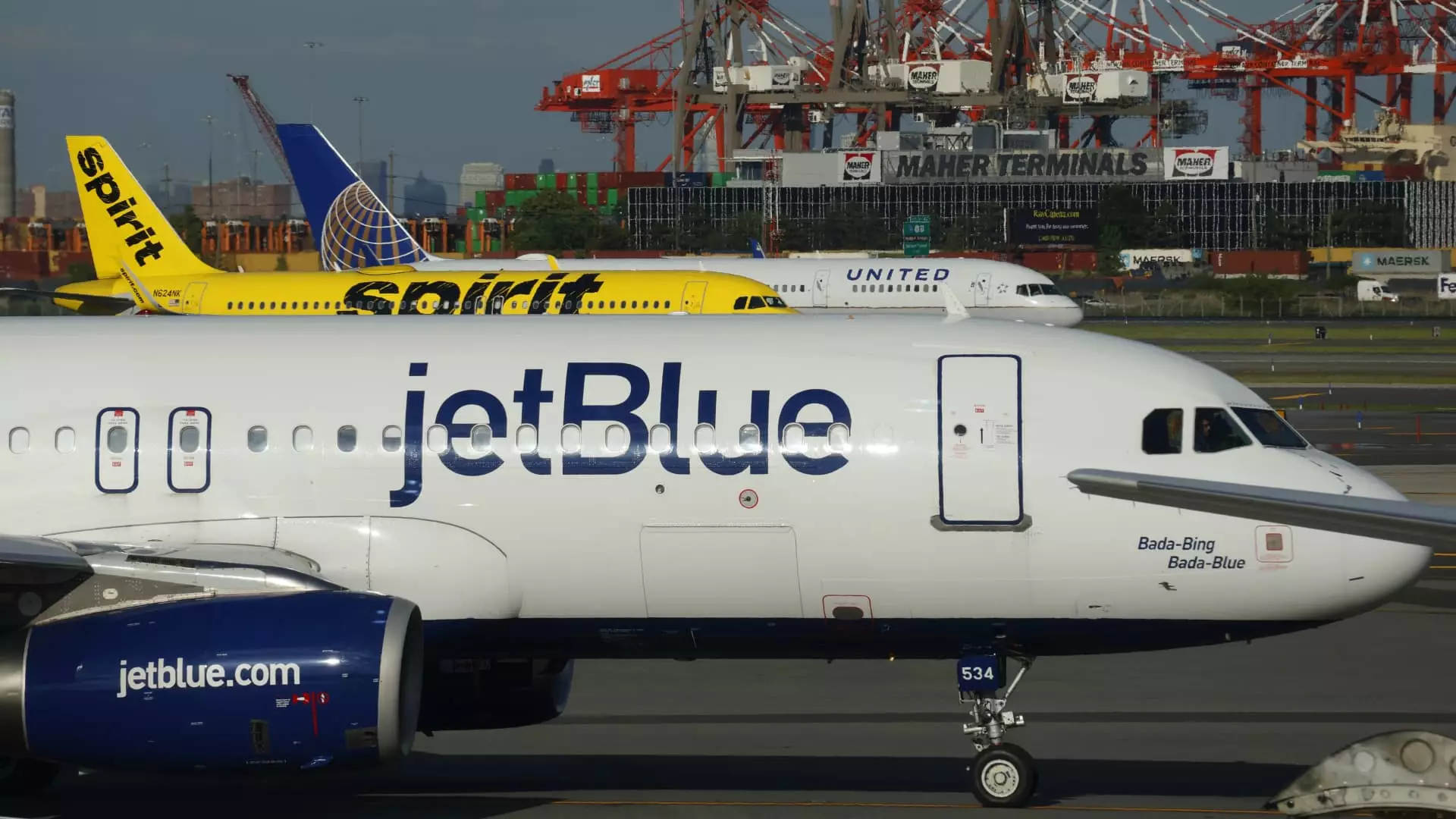As airlines continue to navigate the challenging aftermath of the pandemic, many are facing financial constraints that are causing them to rethink their strategies for acquiring new aircraft. Initially, there was a surge in demand for new jets as airlines looked to modernize their fleets and expand operations. However, cash-strapped low-cost and deep discounter airlines are now opting to delay billions of dollars in new aircraft purchases in an effort to save money and return to profitability. This shift comes as carriers grapple with the impact of engine repairs and the oversaturation of flights in the market, particularly in the U.S.
Consequences of Delayed Deliveries and Overstock
The decision to defer deliveries of new aircraft is not only driven by financial considerations but also by operational challenges. Years of delays in aircraft deliveries have led to a backlog of orders, causing airlines to be cautious about adding too many planes too quickly. This has created a situation where carriers like Frontier Airlines and JetBlue Airways are finding themselves with excess supply and limited demand, resulting in lower average fares and reduced revenue. Frontier Airlines, for example, recently announced the deferral of 54 Airbus aircraft until at least 2029 due to the backlog of orders and the need to manage supply levels.
To mitigate the financial strain of acquiring new aircraft, airlines are implementing various cost-saving measures. JetBlue Airways, for instance, expects to save approximately $3 billion by deferring the delivery of 44 Airbus A321 airplanes through 2029 and extending existing aircraft leases. This strategy allows the airline to reduce its upfront expenses while also optimizing its fleet utilization. Similarly, Spirit Airlines has deferred all Airbus planes it had on order from the second quarter of next year through the end of 2026 until at least 2030, demonstrating a commitment to financial prudence in the face of deep losses and revenue declines.
The aircraft leasing market continues to face challenges as airlines grapple with high lease rates for new planes, driven by a scarcity of fuel-efficient aircraft. While demand remains strong for models like the Airbus A320 and Boeing 737 Max, suppliers like Airbus and Boeing are struggling to meet production targets due to skilled labor shortages and supply chain disruptions. As a result, carriers are feeling the impact of delayed deliveries and are being forced to revise their growth plans and hiring strategies to adapt to the changing market conditions.
As the airline industry continues to navigate the complexities of a post-pandemic recovery, the decision to defer new aircraft purchases signals a shift in priorities towards financial sustainability and operational efficiency. By reassessing their growth strategies and implementing cost-saving measures, airlines hope to weather the current challenges and emerge stronger in the long run. While the road ahead may be uncertain, the industry remains resilient and adaptable in the face of evolving market dynamics.

